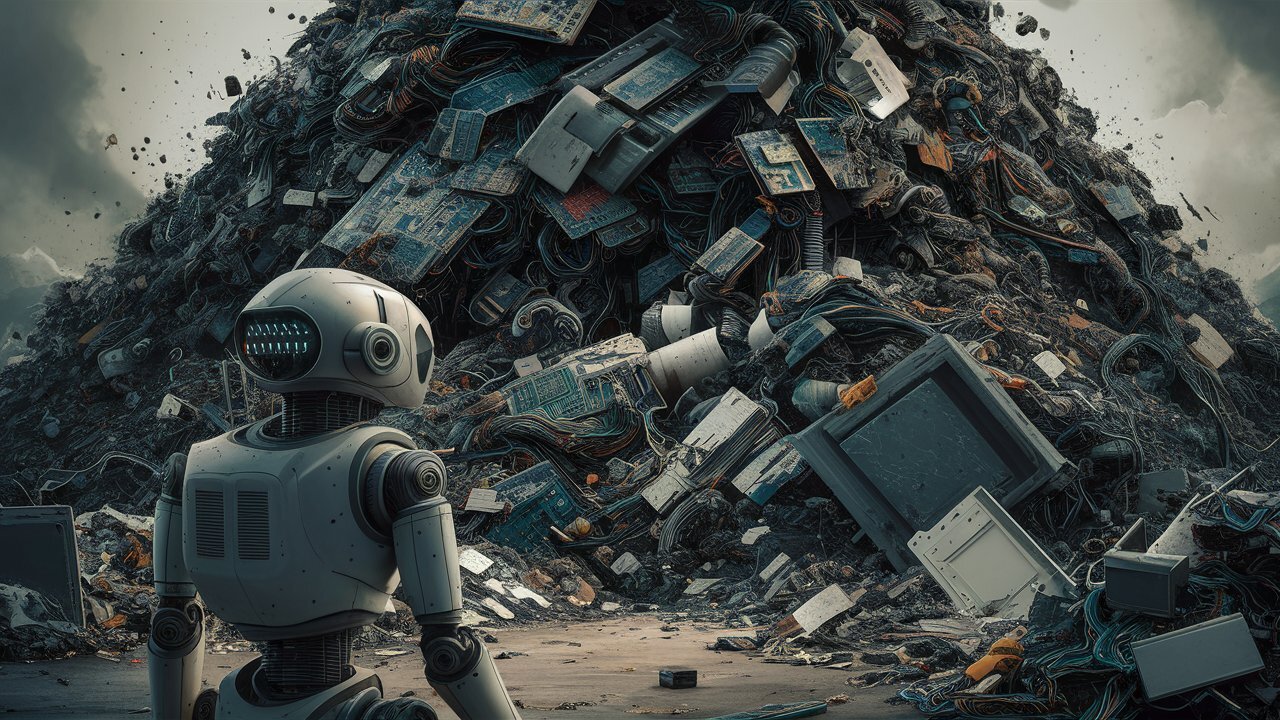In their article published in the journal Nature Computational Science, scientists calculated the volume of electronic components such as motherboards and batteries that will be used to run productive artificial intelligence applications. These applications require specialized hardware that quickly becomes obsolete.
Productive AIs consume a lot of resources and energy, which requires a lot of batteries to continue working during power outages. However, all this equipment has a lifespan and disposal problems arise as it ages.
To estimate the expected volume of e-waste, the research team analyzed the amount of equipment typically used in data centers as well as the lifespan of its components. They made assumptions about the future demand for such applications and integrated all the data into a computer model for forecasting.
The model showed that if current trends continue, the AI industry could produce between 1.2 and 5.0 million tonnes of e-waste by the end of the decade. Waste volumes could increase from 2.6 thousand tonnes in 2023 to 2.5 million tonnes per year by 2030.
Source: Ferra
I am a professional journalist and content creator with extensive experience writing for news websites. I currently work as an author at Gadget Onus, where I specialize in covering hot news topics. My written pieces have been published on some of the biggest media outlets around the world, including The Guardian and BBC News.










